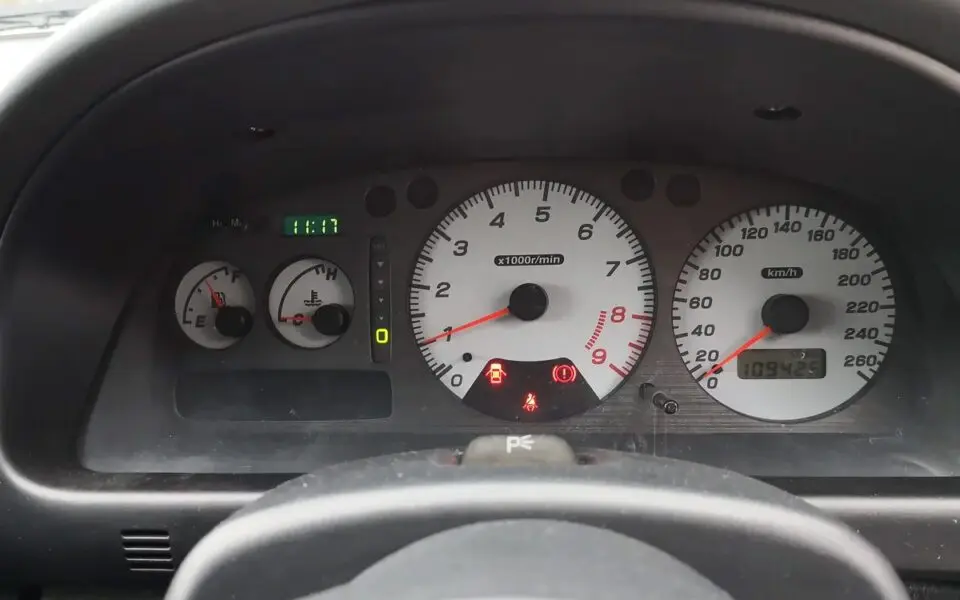
Test drive Subaru Forester
Forester once again fell into a deep rut, but did not get stuck, but continued to drive, quickly rotating wheels smooth from clay. The sides of a beautiful bourise shade have long been brown
Forester once again fell into a deep rut, but did not get stuck, but continued to drive, quickly rotating wheels smooth from clay. The sides of a beautiful bourise shade have long been brown. The beard made of grass, formed under the rear bumper after driving through a swampy field, mostly remained on a bump. However, after the update, the key innovations of the Forester mid-size crossover lie away from the forest ruts and the pits of the Moscow Region asphalt.
The technical uniqueness is part of the Subaru legend: several options for all-wheel drive transmissions and boxer motors. Either geeks who know the differences between one all-wheel drive system and another, or those who will soon be fined for aggressive driving, can appreciate this. The audience of Forester, the most popular Subaru model on the Russian market, is wider. A typical Russian buyer of a crossover is completely indifferent to whether the engine cylinders are horizontal or vertical and what kind of thing is in charge of the distribution of thrust between the wheels. With prices going up all over the place, he wants prestige, leather, heating everything and everyone. For him, a restyling was started - the updated Forester received LED headlights with cornering illumination, a driver's seat with a memory function and, exclusively for Russia and China, a heated steering wheel and rear seats. The visor of the upper displays is now upholstered in leather with stitching, and there are now two keys for the power windows with automatic mode. For Subaru, this is an unacceptable luxury, no joke, comparable, for example, with a tourbillon in a Bentley Bentayga.
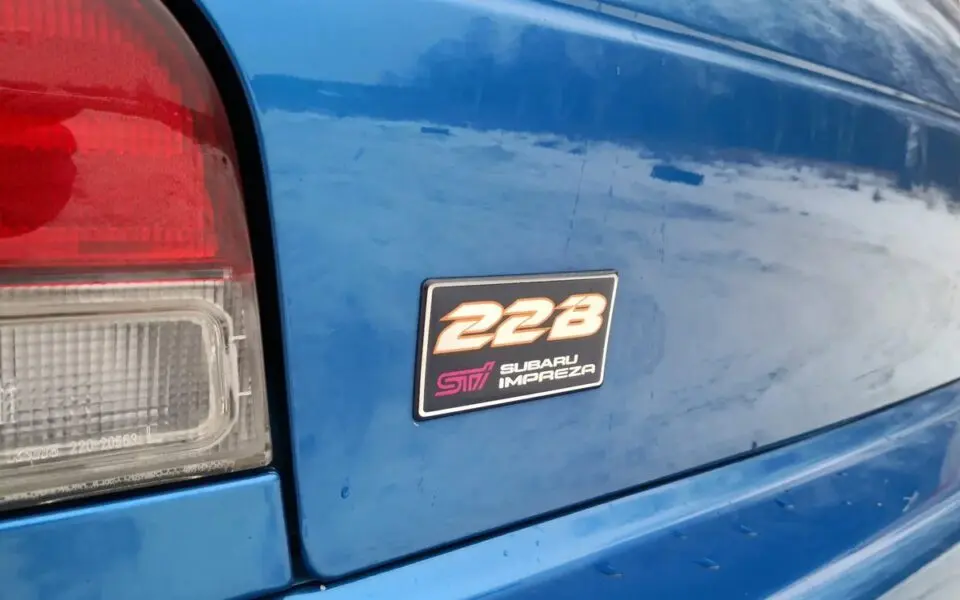
Previously, atmospheric cars with a 2,5 liter engine could be ordered with an "off-road" bumper and an imitation of a low gear in the transmission, or in a sports version - with paddle shifters and vertical slots on the sides. The slots were not real, as were the transmissions in the variator, but all this added a bit of sport to the car, made it possible to brighten up the feelings of the mournful "stepless" acceleration.
But now all this - the cuts and petals - is only available for the top-end Forester XT (241 hp and 350 Nm). It is equipped with the same turbo engine as the WRX and a reinforced transmission capable of imitating not only six, but also eight-speed automatic transmissions.
For atmospheric Foresters, from now on there will be one version of the front bumper, its lower bar is painted in body color, which is not very practical - the coating will most likely suffer from pebbles and contact with the ground. Fog covers, on the contrary, have increased and become deeper - these should better protect the headlights.
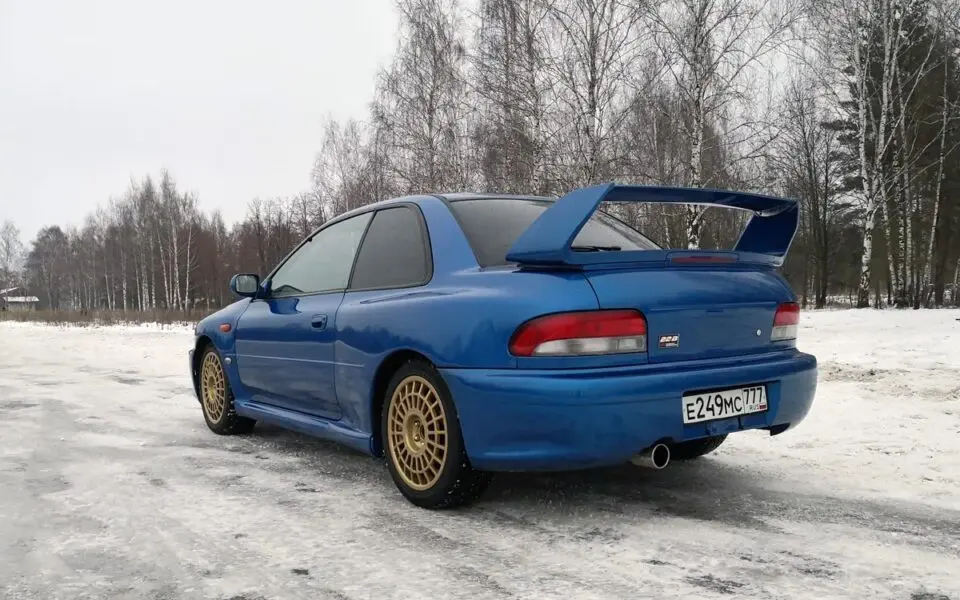
CVT on atmospheric crossovers - only with L mode, but the algorithm of its operation has changed: when you smoothly press the gas pedal, the engine "freezes" on one note, when pressed sharply, the smooth acceleration line becomes jagged, like in a classic "automatic machine". Thanks to the steppedness, the two-liter car seems to be more agile, however, this does not reduce the real acceleration time to 100 km / h - almost 12 seconds. The younger engine has remained practically unchanged: engineers have reduced friction losses and improved the combustion process. The 2,5-liter engine was even more transformed, in particular, its compression ratio was increased to 10,3, but there were no cars equipped with it on the test.
But it is unlikely that the older boxer will be heard louder than a two-liter one - the engineers have seriously worked on soundproofing. On the one hand, the characteristic sound of the engine is part of the property of the Japanese brand, on the other hand, the updated Forester has acquired the features of a more comfortable and expensive car. But from the soft, prone to buildup of the suspension and the steering, which is empty in the near-zero zone, they left no stone unturned.
Subaru listens to the aspirations of the average crossover buyer, then recalls the rally past. And he always acts with youthful maximalism. Therefore, with each more or less serious update, the settings of the car's suspensions may change dramatically. The Subaru XV, for example, has gotten soft on the move, and the Forester has undergone a reverse metamorphosis.
Suspension settings - for Subaru cuisine gourmets: the updated Forester rides tightly, collected. But surprisingly, not giving in to bumps and holes, the suspension is unexpectedly loudly triggered on the "speed bumps". This is the price to pay for the asphalt handling.
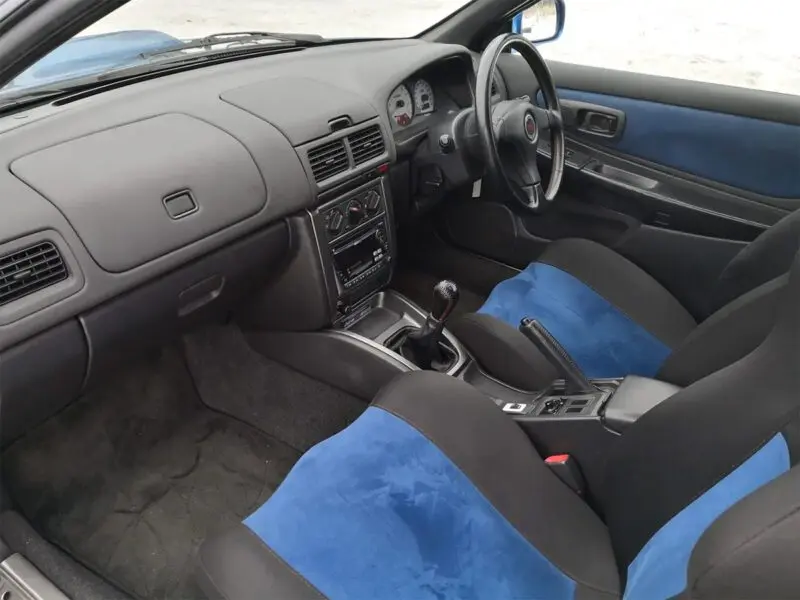
Previous generations of the Forester did not have a high body rigidity, but now the Subarov system of stretch marks seems to have done its job and strengthened it enough: all the doors of the posted car, including the fifth, can be easily opened and closed.
The Forester rides harder on bumps, but sways less, which means there is less chance of hitting the car with a bumper on the ground. Off-road driving is still good for the crossover. The Forester's variator uses a lamellar chain - similar transmissions were previously used by Audi, but only with front-wheel drive and, as a result, they preferred a "robot" with two clutches. The V-chain variator is capable of withstanding severe loads, while competitor belt transmissions give up quite quickly in similar conditions. The updated SUV is more likely to get out of a hopeless situation stern forward - the reverse gear ratio has been increased, and the assembly itself has been strengthened.
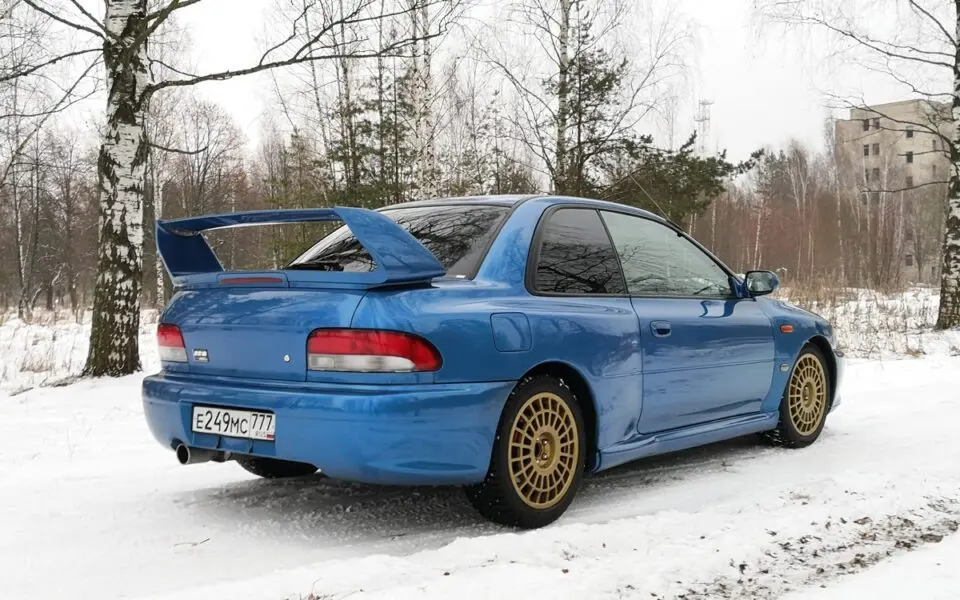
Another Subaru advantage is the clutch that transmits torque to the rear wheels, which is located in the same crankcase with the gearbox, which again reduces the chances of overheating. Down the hubs in the mud, the Forester continues to crawl forward stubbornly without a hint of fatigue, even as the tires have turned to clay slicks. The special X-Mode off-road mode instantly brakes the slipping wheels. Catching the Forester diagonally can be tricky, even if the slope is grassy and slippery. And with the usual road settings, the crossover, albeit with difficulty, still conquers the off-road.
The owner of the Forester is unlikely to dip it in the mud as often as in the case of the pre-styling option. But he will certainly appreciate the driver's character, as well as the improved comfort and equipment of the updated SUV. Its sales will start in the second half of May, and prices have not yet been announced, but if you look at other new Subaru products, it is clear that Forester should also rise in price. At the same time, the standard equipment of the crossover has been expanded: in addition to new options such as heated steering wheel and rear seats, there is already cruise control here. But options such as a panoramic roof, 18-inch wheels and Harman / Kardon speakers are now only available for the most expensive and powerful Forester with a turbo engine.
